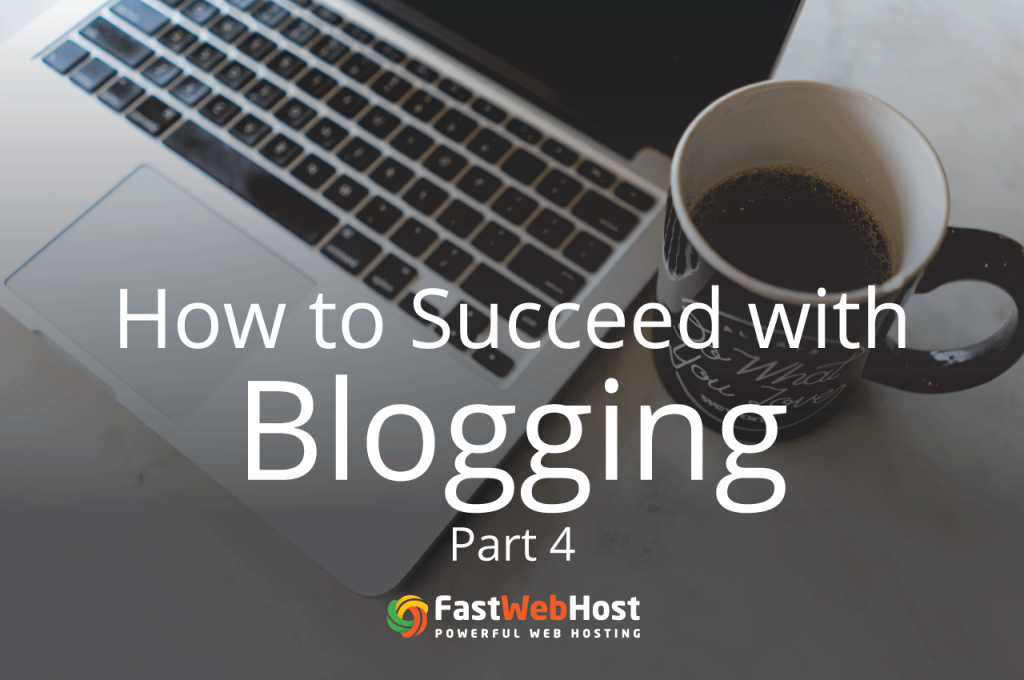You’ve been spending time building your website, creating amazing content and driving visitors through social media. But you’re not making a lot of money. What gives? What are all your visitors up to?
So you fire up google analytics to take a look and you see something like this in the audience tab.
That explains why all that traffic isn’t getting you any revenue. So what do you do about it?
Do you actually have a high bounce rate
Bounce rates vary greatly by what kind of site you’re running. The average website sees about 40% bounce rate.
That’s still pretty high and we’ve worked with a number of websites who have a bounce rate in single digits. So if you’d like to do something about your bounce rate, read on.
What causes a high bounce rate
Spam Traffic
The bounce not be from the traffic you’ve been driving. Your website is frequently crawled by bots - automated computer programs. These can come from a lot of places. Google’s bots crawls your site to read your content and decide where to rank you. Some other bot, made by spammy website owners, are looking for content to scrape. A lot of this bot activity is picked up by Google analytics and can skew your numbers. That’s because a bot can scan your website in less than a second, so it looks like a bounce.
In the example below, you can see that certain sources have a very high bounce rate. These are not real visitors and the high numbers have skewed the site average.
The Fix
To get to the real data you’ll need to identify and filter out the spam traffic.
Broken links
If you’ve been around for a while, chances are you’ve got a few outdated links that no longer work. You might have posted these links somewhere, such as other blogs or in old emails and these links might still be driving traffic.
Since this link is not connected to a page, the visitors will see a 404 page.
There’s nothing on that page so the visitor has no need to stick around. They’ll leave almost right away and you’ll see that as a bounce. It’s common if you’ve moved to a new domain or did an overhaul of the site.
This kind of issue can occur if you moved your website to a new domain or did an overhaul of the site that included changing some of your URLs
The Fix
First, you’ll need to retain visitors who land on a 404 page. Start by customizing the 404 page and making it more in line with your brand. Here’s a great example from Lego
Next add a search bar and some links to pages that visitors are most likely to visit, such as your home page or store.
The ultimate goal though is to remove the broken links altogether. You can use Broken Link Check need to find the broken links on your website.
The real challenge though is finding broken external links – links from other places that lead to your site, on a page that’s no longer active. To do that, setup Google Search Console to get a list of links that Google experienced errors with on their crawls.
You can then either contact the website owner and ask them to setup the correct link, or setup a 301 redirect that takes the incorrect URL to the right page. Visitors end up on the page they’re looking for without ever knowing the difference.
Slow loading times
If your website is slow people will leave. It’s really that simple. Wherever they came from, whatever they’re after, your visitors know there’s probably an alternative somewhere on a faster website.
Most people won’t wait longer than 2 seconds for your site to load.
The Fix
You’ll need to speed up your website. The fastest way is to get a better hosting provider.
You can get a little more speed out of your host by eliminating big images and other large files, but at the end of the day the speed of your website depends on how fast the server is.
We offer a really fast hosting package that only costs $1 a month.
Too many pop-ups and ads
We get it. You need these to generate revenue. We use them too. BUT you might want tone it down a little. 68% of people say they’d gladly block a site from search for having pop-ups and the ad technique has a 73% disapproval rating in surveys. People just won’t spend a lot of time on a site where they keep getting bombarded by ads.
This doesn’t mean you have to remove all your ads, just make them less intrusive and don’t distract visitors from the real reason they’re on the website. Google is also taking steps against websites with intrusive ads by affecting their search rankings, and will be building an adblocker into chrome soon.
The Fix
You need to find new ways of displaying your ads and popups. Do some A/B tests to see what people respond to best.
Autoplay videos
Similar to ads, autoplay videos are just obnoxious. It’s far easier to close to page entirely than try to find a way to shut the video off. 82% of users will close a page because of an autoplay video. They’re intrusive and they contribute to a bad user experience.
The Fix
Make a great thumbnail, write a great headline, include an obvious play button and turn off the autoplay. People who want to see your video will hit play themselves, when they feel like it. This way you won’t lose all the people who don’t want to see it before they get a chance to look at anything else on your website.
Content that’s different from what they expected
If people arrived on your website expecting one thing, only to see something else, they’ll leave.
The Fix
Review all your ppc copy and meta tags to make sure it matches with the page.
Bad web design
On average people spend 5 hours a day on their phones. 1/3rd of all shopping is done with mobile devices. If your website is not mobile optimized, you’re creating bad user experience. Bounce rates are 40% higher on mobile than they are on desktop.
The Fix
Get a web developer to give your site a makeover as soon as you can.
Your content’s no good.
Bad spelling? Bad formatting? Bad writing?
For whatever reason, if your visitors don’t like your content, they’ll just leave, and nothing you can do is going to change that. Not short of writing better content that is.
The Fix
Create better content. Take time to edit over everything you’ve created and only publish high quality content that you’re really proud of.
Remember it’s not visitors that make revenue, it’s subscribers. A regular visitor is worth far more than a visitor that came to your site for 5 seconds. Figure out what’s going on and lower your bounce rate today.

 Phone: 1(877) 215.8104
Phone: 1(877) 215.8104 Login
Login


